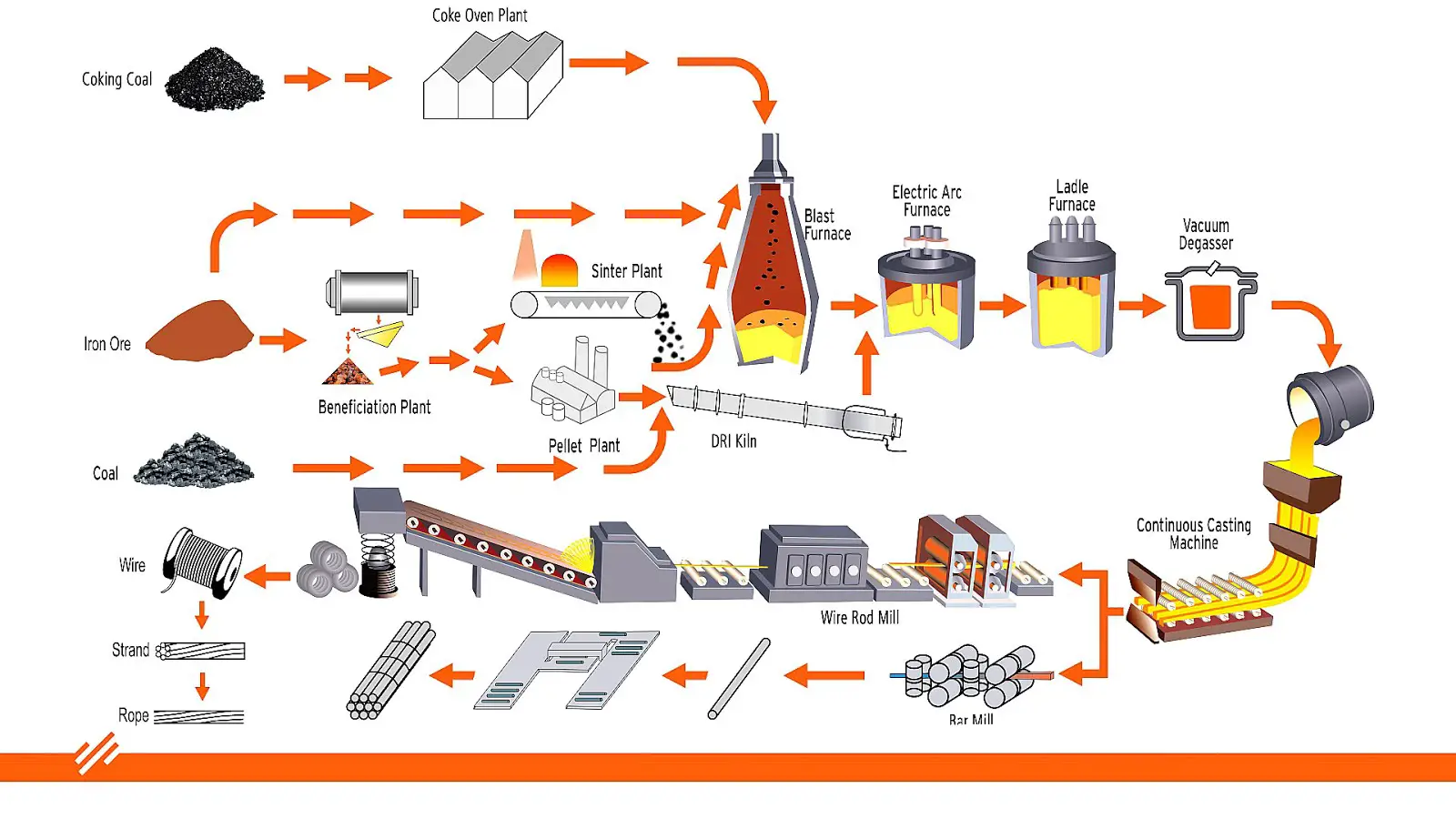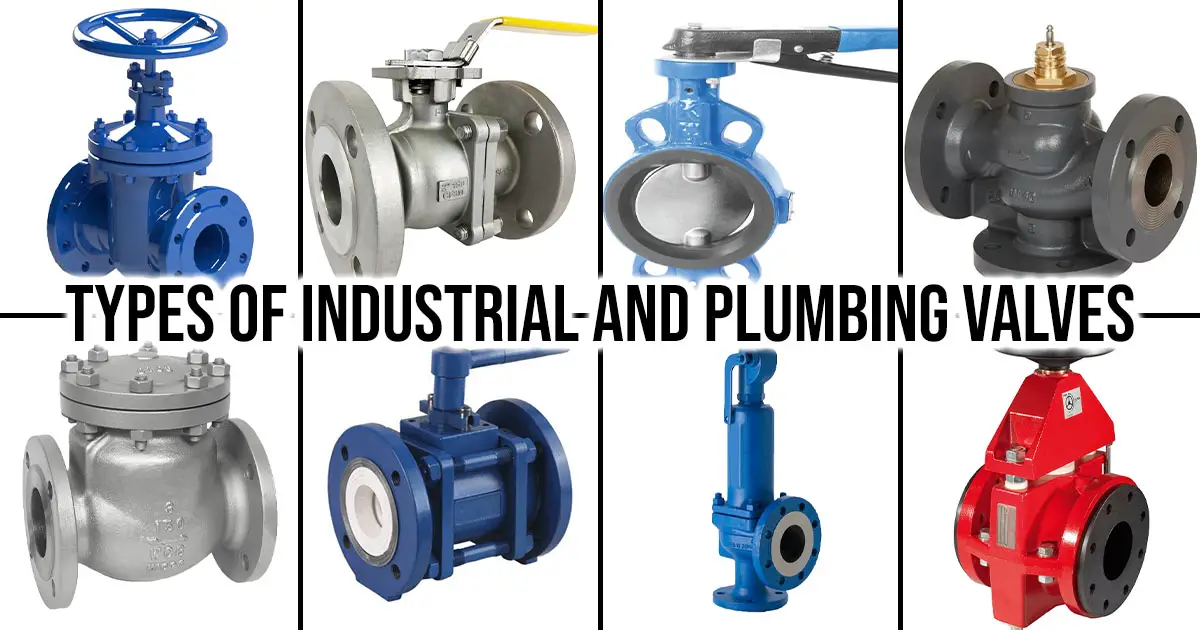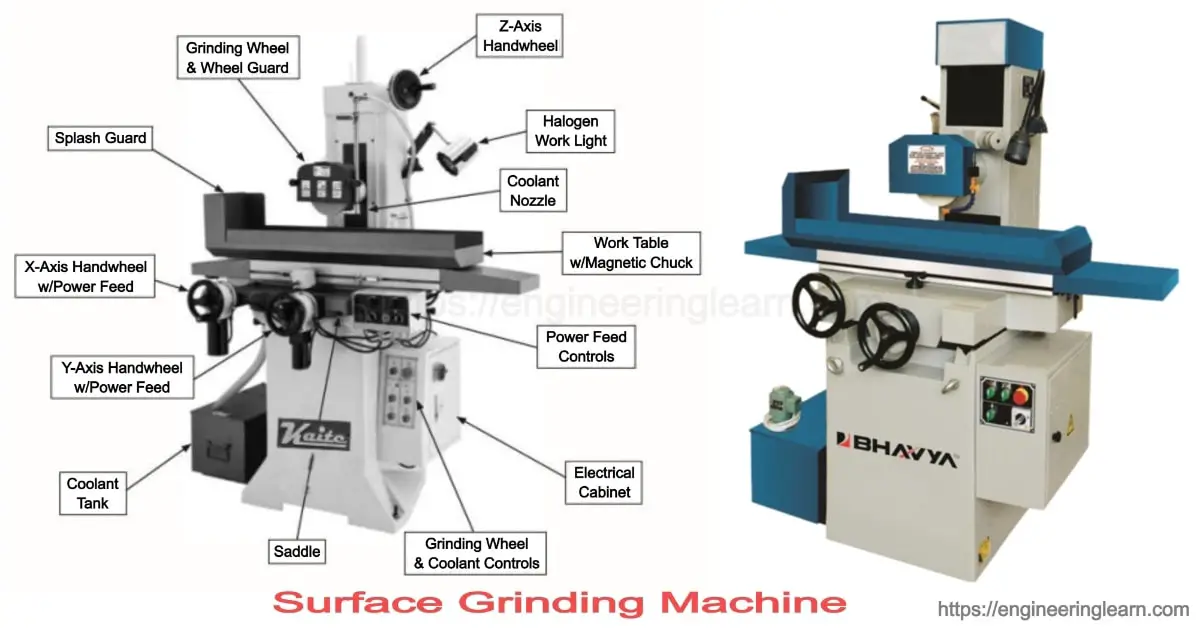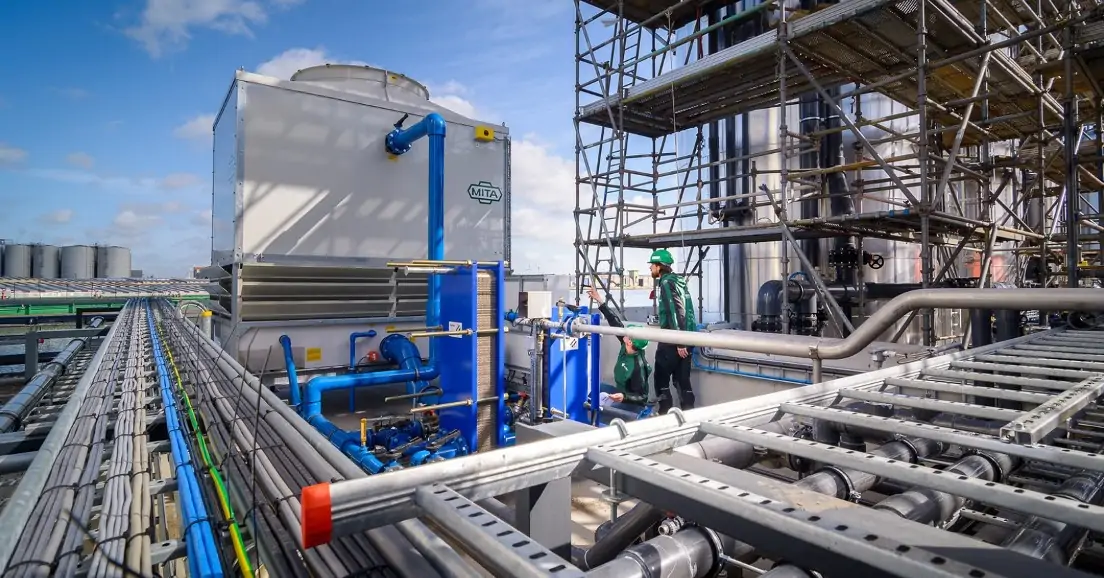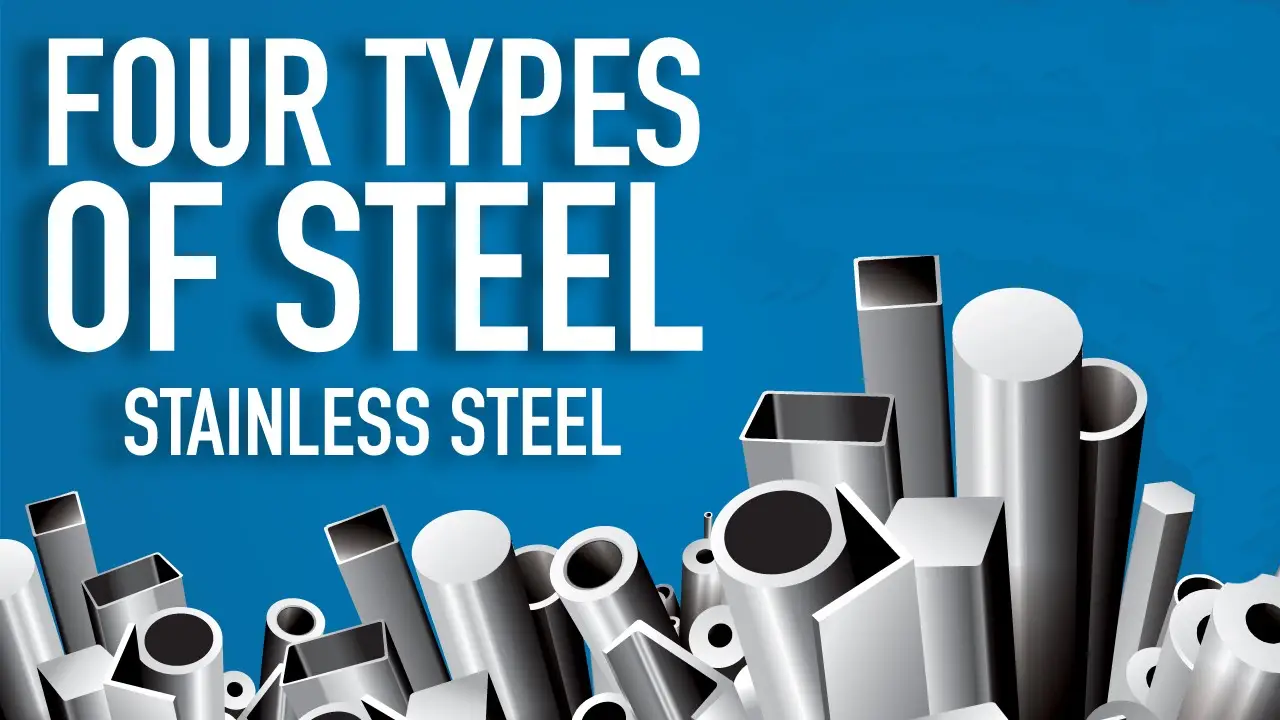In recent years, stainless steel appliances have become more popular as a material of choice for household appliances. For almost 20 years, stainless steel has been the material of choice for household appliances and fixtures.
How is stainless steel made? And what are its pros?
How is stainless steel made? Stainless steel is made by melting nickel, iron ore, chromium, silicon, molybdenum, and other basic elements.
When all the basic chemical parts of stainless steel are combined, they form a strong alloy. There are multiple processes that take part in making stainless steel.
What are the 4 stages of making stainless steel?
There are the following steps to know how is stainless steel made.
- Melting
- Removing Carbon Content
- Tuning
- Forming or casting
Step 1: Melting
how is stainless steel made? The first stage of making stainless steel is melting scrap metal and other materials in an electric arc furnace (EAF). EAF heats metals over many hours using high-performance electrodes to form a molten liquid mixture.
Because stainless steel is 100% recyclable, much stainless steel contains up to 60% recycled steel. This helps not only to lower costs but also to reduce the impact on the environment.
Melting temperatures varies depending on the grade of steel produced.
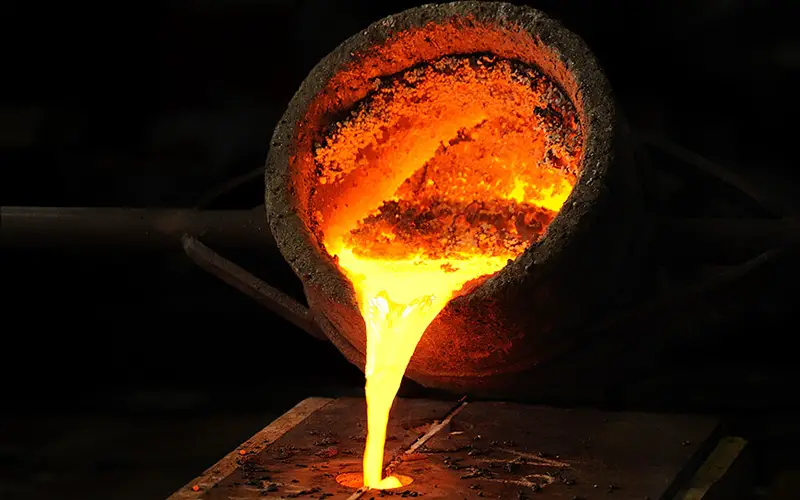
Step 2: Removing Carbon Content
Iron gets more rigid and more robust when carbon is added to it. However, too much carbon can cause problems such as carbide precipitation during welding.
Before casting the molten stainless steel, it is necessary to calibrate and reduce the carbon content to the correct level.
Foundries can control the amount of carbon in two ways.
The first is through argon oxygen decarburization (AOD). Injecting a gaseous mixture of argon into molten steel reduces the carbon content with minimal loss of other essential elements.
Another method used is vacuum oxygen decarburization (VOD). This method transfers the molten steel to another chamber where oxygen is injected into the steel while heat is applied. The vacuum removes the vented gases from the section, reducing carbon content.
Both methods offer precise carbon content control to ensure the final stainless steel product’s correct blend and exact properties.
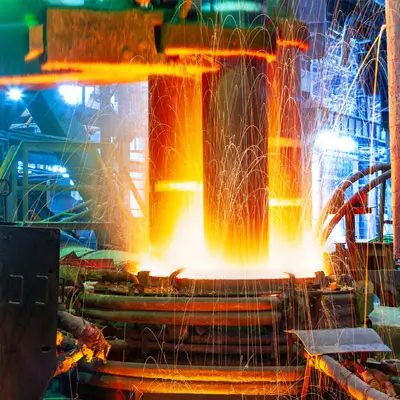
Step 3: Tuning – How is stainless steel made?
After the carbon is reduced, the temperature reaches its final levels and becomes more even. This ensures that the metal is in the right grade and that the composition of the steel is the same throughout the batch.
Step 4: Forming/Casting
Now that the molten steel has been made, the foundry must start making the basic shape that will be used to cool and shape the steel. The shape and size will depend on what the request is.
Common shapes include:
- Blooms
- Billets
- Plates
- Rods
- Tubing
The forms are then tagged with an identifier to track each batch through the various processes to follow.
From now on, the steps will vary depending on the intended quality and final product or feature. For example, stainless steel plates become kitchen plates, strips, and sheets. Flowers and billets become rods and wires.
Depending on the grade or format ordered, some of these steps may be done more than once to give the steel a look.
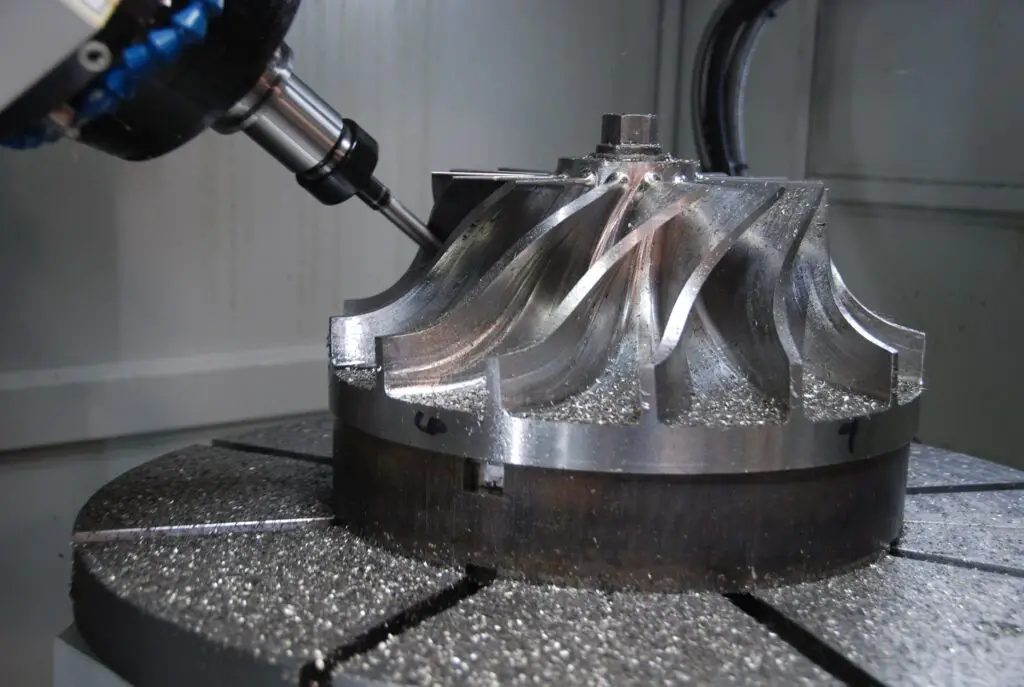
Alloying Elements Of Stainless Steel
There are too many different types of stainless steel to choose from. The properties can change depending on what is added to the alloy. Choose the most cost-effective option for the application. It all comes down to what it needs.
Let’s look at the different types of alloying elements that can be added and how they change the final product.
Chromium
Chromium is what makes stainless steel what it is. It gives the steel its “stainless” quality. In addition to protecting the surface, the passive layer of chromium oxide also stops oxygen from getting into the metal, which covers the metal’s internal structure from corrosion.
Chromium oxide ions are also about the same size as steel molecules, which makes them stick together firmly. Therefore, the oxide ions are firmly attached to the surface in normal working conditions.
Steel must have at least 10.5% carbon to be called “stainless.” But adding more chromium is a common way to make something more resistant to corrosion.
As a ferrite stabilizer, chromium also helps the ferrite microstructure form in the alloy.
Nickel
Nickel is added to make the corrosion resistance even better. It also helps austenite form because it stabilizes austenite.
Adding 8–9 percent nickel makes the structure fully austenitic, making it very good for welding. In addition, workability and corrosion resistance properties get better as the nickel percentage increases.
Copper
Copper also stabilizes austenite, makes it more resistant to corrosion, and hardens it when it’s worked. Adding it makes stainless steel products that can be used in cold conditions, which is essential for screws and nails.
Silicon
Silicon makes stainless steel more resistant to nitric and sulphuric acids that are very strong. It also causes ferrite to form and makes the metal less likely to oxidize.
Nitrogen
Nitrogen is a stabilizer for austenite, and it makes the material more substantial and more resistant to corrosion in certain areas. Localized corrosion includes pitting corrosion, crevice corrosion, and corrosion between grains.
Molybdenum
Molybdenum and tungsten make things more resistant to corrosion in general and specific places. The former is a ferrite stabilizer, so when used in austenitic alloys, it must be balanced with austenite stabilizers to keep the austenite composition.
When added to martensitic stainless steel, molybdenum makes it stronger at high temperatures. Adding tungsten to molybdenum also makes the properties I just listed better.
Manganese
Manganese makes stainless steel stronger and harder. In addition, manganese is added to metal to make it work better when heated.
Manganese also helps nitrogen dissolve in stainless steel. This means that nitrogen can be added to stainless steel instead of nickel.
Benefits of Stainless Steel
The popularity of stainless steel comes from many reasons; it has several advantages that make it superior, especially for kitchenware; I will list the most important benefits of stainless steel.
Corrosion resistance
One of the most important advantages of stainless steel that makes it highly likable in kitchenware is its corrosion resistance.
All stainless steels are resistant to corrosion. Low-alloy grades resist corrosion in atmospheric conditions; highly alloyed grades can resist corrosion in most acids, alkaline solutions, and chloride-containing environments, even at high temperatures and pressures.
High and low-temperature resistance
Some grades resist scale and maintain strength at very high temperatures, while others show exceptional toughness at very low temperatures.
Ease of fabrication
Most stainless steels are easy to cut, weld, shape, machine, and fabricate.
Strength
The cold hardening properties of many stainless steel plates can be used in construction to reduce material thickness, cost, and weight. In addition, you can heat treat other types of stainless steel to make strong parts.
Aesthetic appeal
Stainless steel is available in many finishes. It is straightforward to maintain, resulting in a high-quality and pleasant appearance.
Hygienic properties
Because stainless steel is easy to clean and sanitize, bacteria can be removed quickly and easily. Stainless steel has been shown to have a very low bacterial retention capacity in laboratory tests, making it an excellent choice for use in hospitals, kitchens, and food and drug processing facilities.
Life cycle characteristics
Stainless steel is a long-lasting, low-maintenance material that is often the least expensive option when looking at the total cost over its lifetime.
100% recyclable
Stainless steel is good for the environment and can have an almost infinite life cycle because it can be recycled indefinitely. Stainless steel items rarely become waste at the end of their useful life; they are actively recycled without significant loss of material quality. Today, at least 60% of all new stainless steel is made from recycled material.
FAQS
What is stainless steel made out of?
Like all other types of steel, stainless steel is made primarily from iron and carbon in a two-step process. What makes stainless steel different is the addition of chromium (Cr) and other alloying elements such as nickel (Ni) to create a corrosion-resistant product.
Where does most stainless steel come from?
The biggest nickel reserves in the world, a vital component in stainless steel, are found in Indonesia. To produce stainless steel, more than two-thirds of the nickel in the world is needed.

